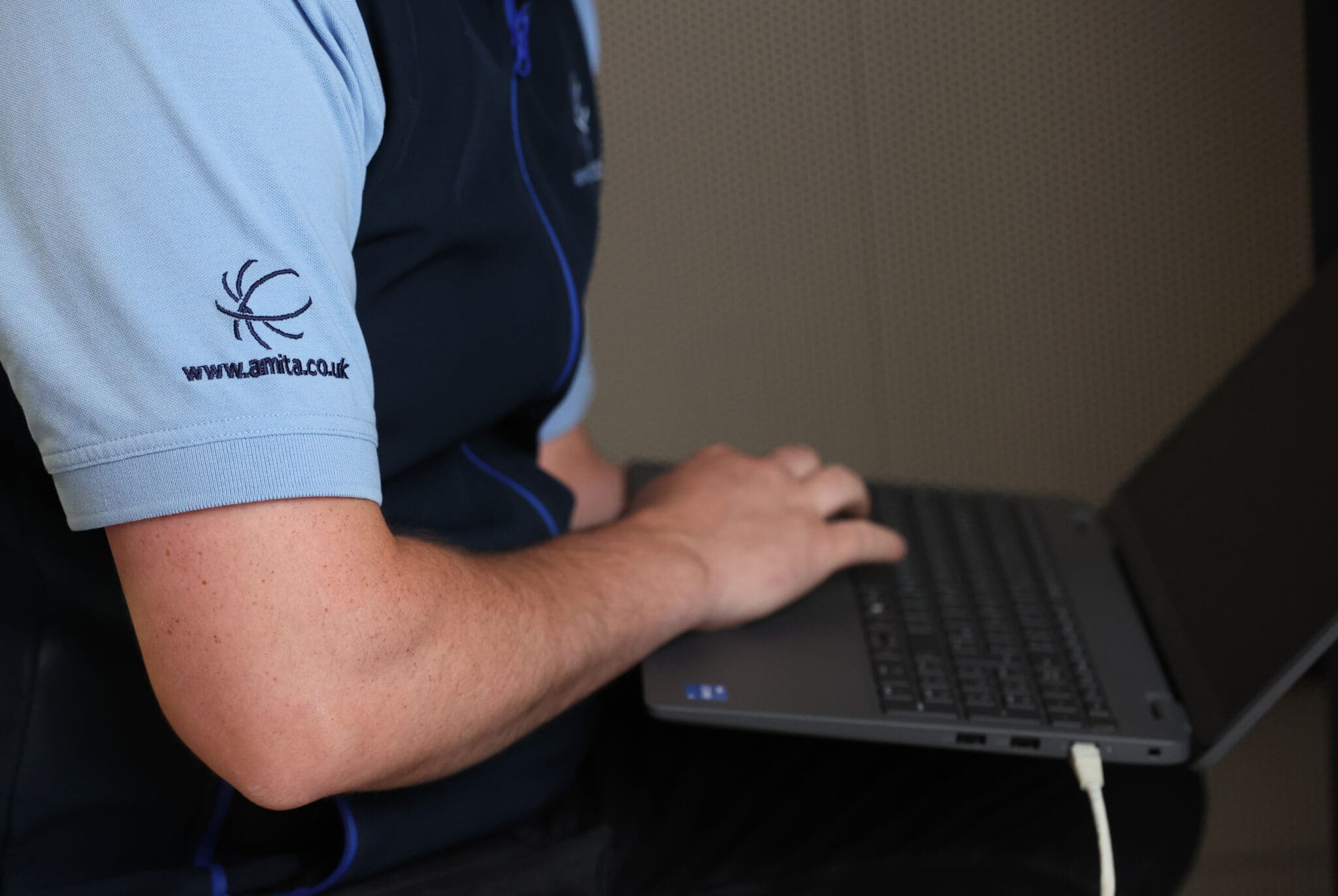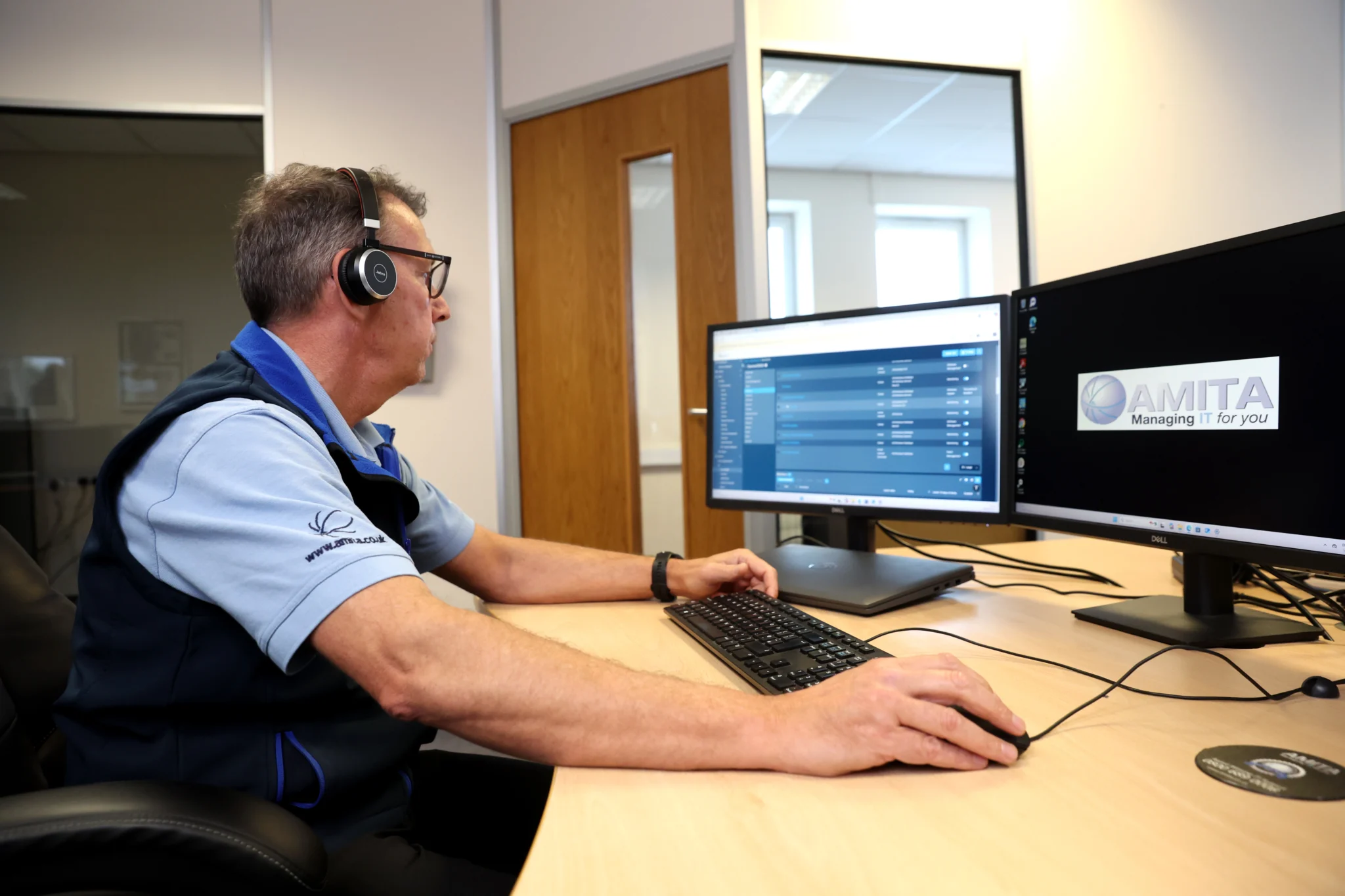We all know remembering passwords can be tricky. That’s why password managers are becoming more popular. But are they safe? Let’s look at what makes them secure—and how to use them wisely.
What Is a Password Manager?
A password manager is a tool that stores all your login details—usernames, passwords, websites—in one place. It helps you use strong, unique passwords without trying to remember them all.
Why Password Managers Are a Safe Choice
1. Encryption and Backups
Choose a manager from a trusted, tier‑1 provider. These services often include strong encryption and regular backups. Even if someone gets into their servers, your logins stay protected.
2. Multi‑Factor Authentication (MFA)
MFA gives you an extra layer of security. Yes—it can be a small hassle when it asks you to confirm with your phone—but it makes it much harder for someone else to get in. Always turn it on.
3. Trusted Devices
Many password managers let you mark devices as “trusted.” That means you won’t need to authenticate every time. But only do this on devices themselves secured—like phones using fingerprint or face unlock.
How to Pick the Right Password Manager
Here’s a quick checklist:
- Uses end‑to‑end encryption
- Offers secure backups and sync
- Includes MFA by default
- Let you trust known devices safely
- Has a good reputation (like 1Password, Dashlane, Bitwarden)
Pro Tips for Staying Secure
| Tip | Why It Matters |
| Use a strong master password | It protects all your other passwords |
| Turn on MFA | Adds a second defence layer |
| Only trust secure devices | Reduces risk if a device is lost or stolen |
| Keep software updated | Protects against the latest threats |
Password managers from reputable providers are a very safe tool for most people. They combine strong encryption, MFA, backup and trusted‑device options to protect your logins. If you follow some basic steps—like using a master password and enabling MFA—you’ll be far safer online.





